19 Reasons Why Some Dogs Struggle To Find Their Forever Home

While many dogs find loving families, others wait endlessly in shelters with no happy ending in sight. The reasons some dogs struggle to find their forever home are often heartbreaking and complex.
From age and appearance to misunderstood behavior and breed stigma, a mix of factors can hold them back.
In this article, we explore 19 common reasons these loyal companions are overlooked. Understanding these challenges is the first step toward giving every dog a fair chance at a better life.
1. Limited Adoption Timeframes
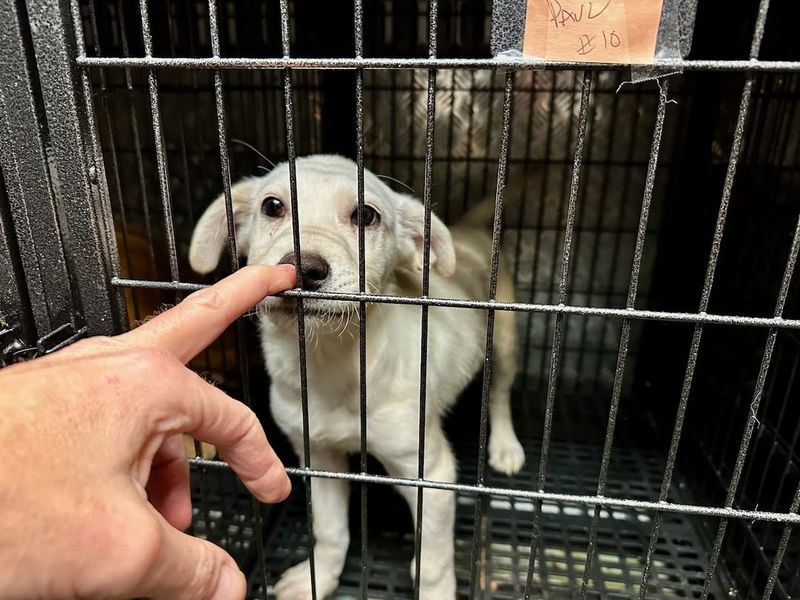
Sometimes, potential adopters may have time constraints that prevent them from adopting a dog.
Whether it’s a busy work schedule, family obligations, or travel plans, some people feel that they don’t have enough time to devote to a new pet. Unfortunately, this can result in many dogs missing out on their forever homes.
2. Unforeseen Life Changes

Life circumstances can change unexpectedly, leading some people to reconsider adopting a dog.
Moving to a new location, changes in family dynamics, or changes in health or lifestyle can make it difficult to care for a new dog. These unforeseen changes can result in dogs being returned to shelters or left waiting for new homes.
3. Age-Related Challenges

Older dogs often face difficulty being adopted due to their age, despite their gentle and loving nature. Many potential adopters prefer younger puppies, thinking they’ll have more energy and longer lifespans.
Unfortunately, older dogs may have a harder time finding homes, even though they often make excellent companions for families looking for a more laid-back pet.
4. Behavioral Issues

Dogs with behavioral issues, such as aggression or separation anxiety, are sometimes passed over in favor of easier-to-train pets.
However, many of these behavioral problems can be addressed with proper training, and these dogs can make loyal, loving pets once their issues are managed. The misconception that a dog with behavior problems is unmanageable can lead to a dog being overlooked for adoption.
5. Size And Space Concerns

Larger dog breeds often struggle to find homes due to concerns about space and the resources needed to care for them.
Many people underestimate the amount of exercise, food, and attention large dogs require, leading to hesitation in adopting them. Smaller dogs, in contrast, are often seen as more manageable for families with limited living space or those with a busy lifestyle.
6. Medical Needs

Dogs with ongoing medical issues or disabilities can find it difficult to secure a loving home. Special needs dogs often require additional care, medications, or frequent vet visits, which can deter potential adopters.
However, these dogs are often incredibly loving and loyal companions, deserving of a chance despite their medical challenges.
7. Fear Of The Unknown Background
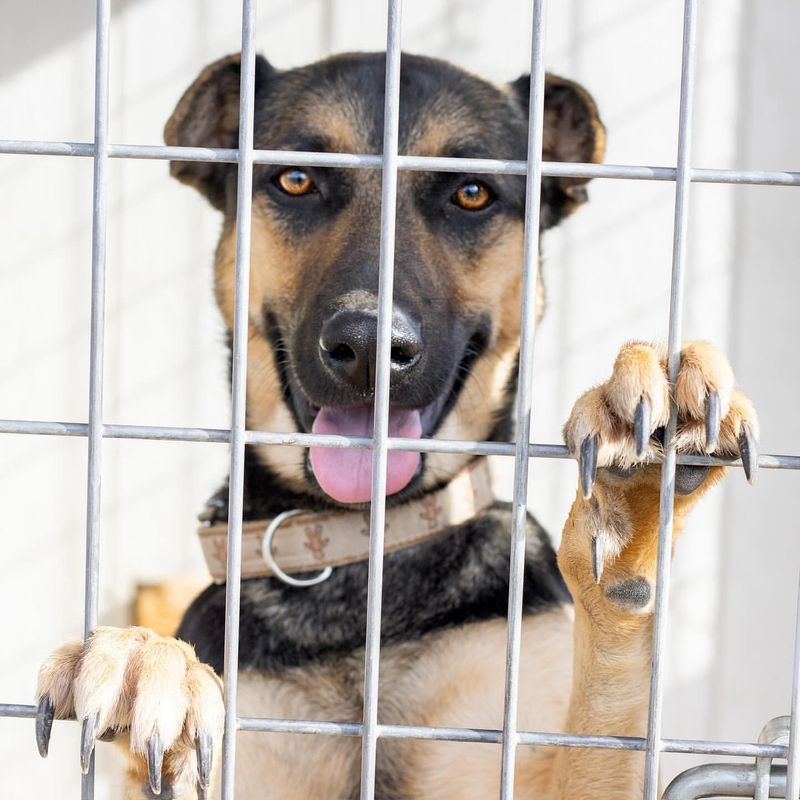
Many dogs in shelters have an unknown past, which can lead to uncertainty about their temperament and behavior. Some adopters are hesitant to take on a dog whose history is unclear, fearing they may encounter issues related to past trauma or abuse.
However, with the right care and patience, many of these dogs can overcome their past and thrive in a new home.
8. Potential For High Costs

The cost of adopting and caring for a dog can be a major deterrent for some people. Veterinary bills, food, grooming, and other expenses add up over time, and some potential adopters may feel unprepared for the financial responsibility.
While these costs are part of responsible pet ownership, they can be overwhelming for individuals or families with limited financial resources.
9. Appearance Preferences

Some adopters have specific preferences when it comes to a dog’s appearance, favoring certain breeds or physical traits over others.
This can lead to shelter dogs with less desirable looks being overlooked, even though they may have wonderful personalities and are just as deserving of a loving home.
10. Breed Stereotypes

Certain breeds suffer from negative stereotypes that can make them harder to adopt. Breeds like Pit Bulls, Rottweilers, and Dobermans often face prejudice due to misconceptions about their temperament or behavior.
Despite these stereotypes, many dogs of these breeds are gentle, loving, and loyal, but they often struggle to find homes due to unfair biases.
11. High Energy Levels

Some dogs, especially younger ones or working breeds, have high energy levels that can be intimidating to potential adopters.
These dogs require regular exercise and mental stimulation, which not everyone can provide. While their energy can be a challenge, these dogs can make wonderful companions for active families or individuals who can meet their exercise needs.
12. Misunderstanding Of Training Needs

Many dogs in shelters need consistent training and structure, but not all potential adopters are prepared for the time and effort this requires.
Dogs that haven’t been housebroken or are still learning basic commands can be passed over for more “ready-to-go” pets. However, with patience and proper training, these dogs can become well-behaved and affectionate companions.
13. Limited Shelter Resources
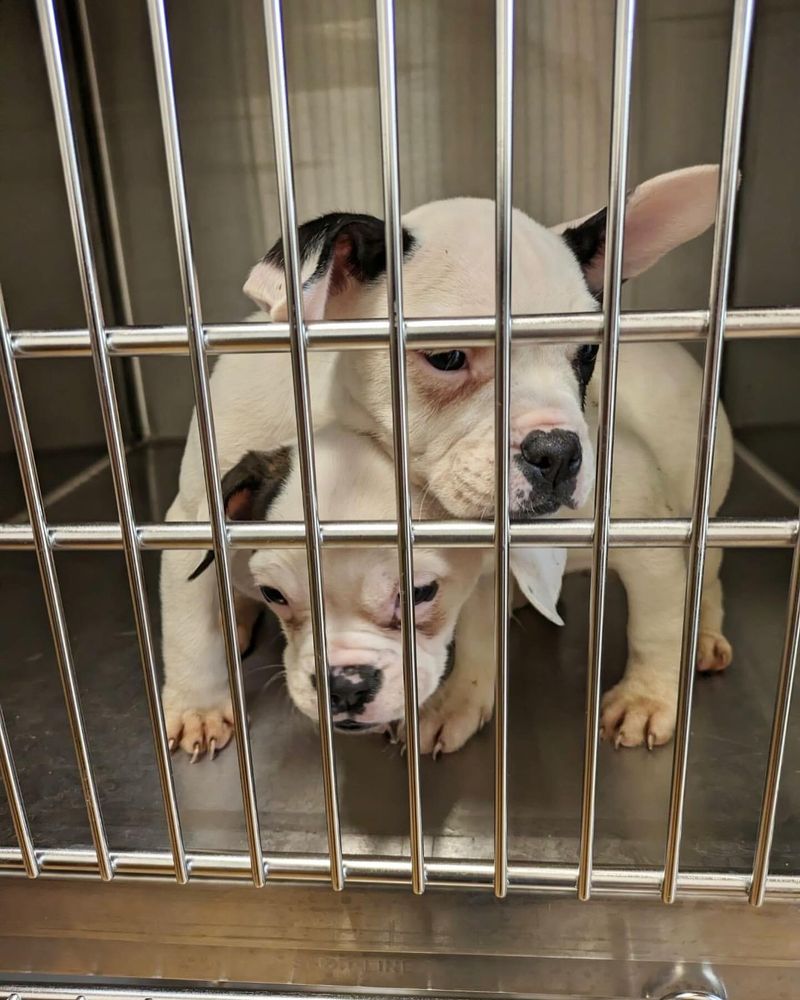
Shelters often have limited resources, both in terms of space and staff. This can result in dogs not receiving the training or socialization they need to thrive in a home environment.
When shelters are overcrowded, many dogs are left in difficult conditions, making it harder for them to find a permanent home despite their potential.
14. The Myth Of ‘Perfect’ Dogs

The expectation of finding a “perfect” dog—a pet with no behavioral issues, health problems, or quirks—often leaves shelter dogs at a disadvantage.
Many potential adopters are looking for an ideal dog that fits perfectly into their lives, overlooking the unique qualities and needs of shelter dogs. However, no dog is perfect, and the perfect dog for someone may not always meet the unrealistic standards they set.
15. Overwhelming Choices
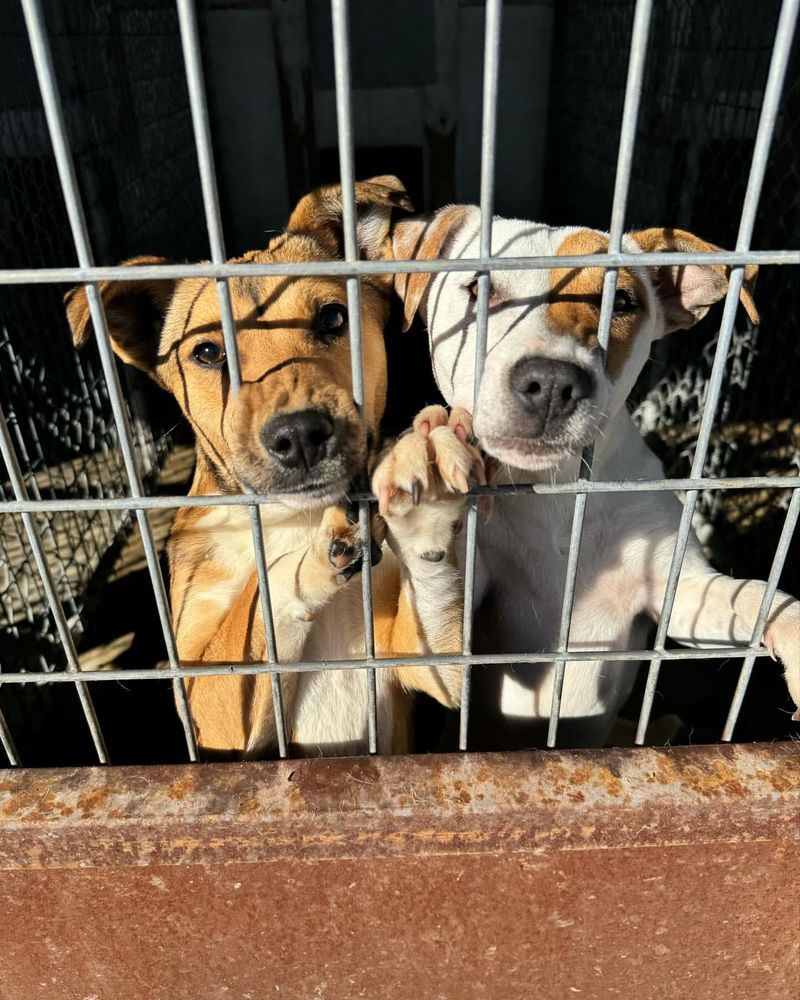
With so many dogs available for adoption, some people find themselves overwhelmed by the choices. The sheer number of dogs can make it difficult to decide which one is the best fit for their family.
This indecision can cause potential adopters to delay or abandon the idea of adopting altogether, leaving many dogs waiting for a chance.
16. Seasonal Adoption Trends

Adoption rates often fluctuate based on the time of year. During holidays or summer months, puppies may be in higher demand, while older dogs or those with less “cute” appearances may be passed over.
These seasonal trends can lead to certain dogs languishing in shelters for longer periods of time, even though they are wonderful pets.
17. Fear Of Commitment

Adopting a dog is a long-term commitment that some people aren’t prepared for. The idea of providing a home for a dog for 10-15 years can be intimidating, and many potential adopters shy away from the responsibility.
Dogs with special needs or older dogs may have even more specific requirements, making the idea of commitment even more daunting.
18. The Shy And Reserved Pup

Quiet and reserved, some dogs are more introverted than others. This can make them less noticeable in bustling shelters or adoption events. A shy dog might hesitate to approach potential adopters, preferring the comfort of its familiar corner.
These reserved pups often face longer wait times for adoption, as more outgoing dogs capture attention first. However, with patience and understanding, these dogs can become deeply loyal companions.
In a calm home environment, their true personalities blossom, revealing affectionate and gentle friends. Such dogs thrive with adopters who appreciate a quieter, more serene presence.
19. The Special Needs Canine
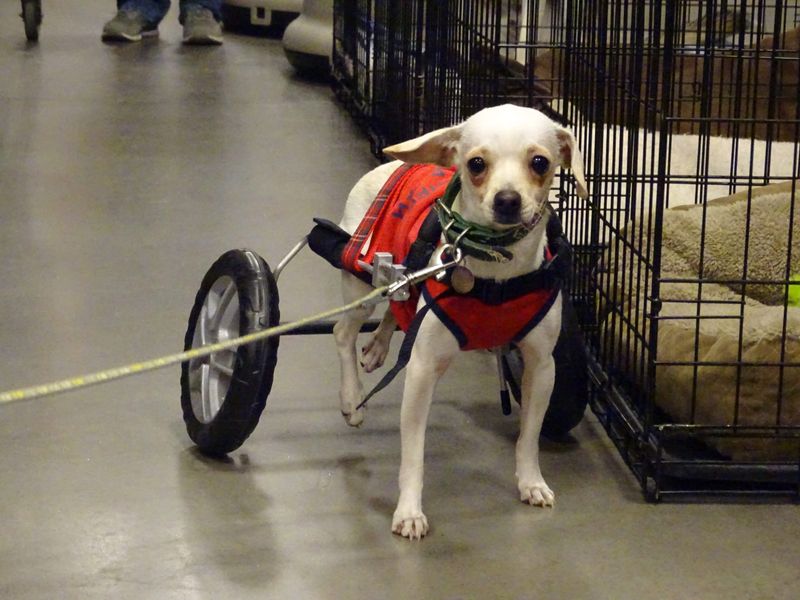
Dogs with special needs, such as mobility issues, often struggle to find homes. The commitment required for their care can deter potential adopters. Yet, these dogs offer rewarding companionship.
With the right support and resources, they lead fulfilling lives. Their resilience and spirit often inspire those around them, and their gratitude is palpable.
Adopting a special needs dog can be a profoundly moving experience. It challenges common perceptions of disability and highlights the beauty of perseverance and love. These dogs remind us that every being has unique gifts to offer.






